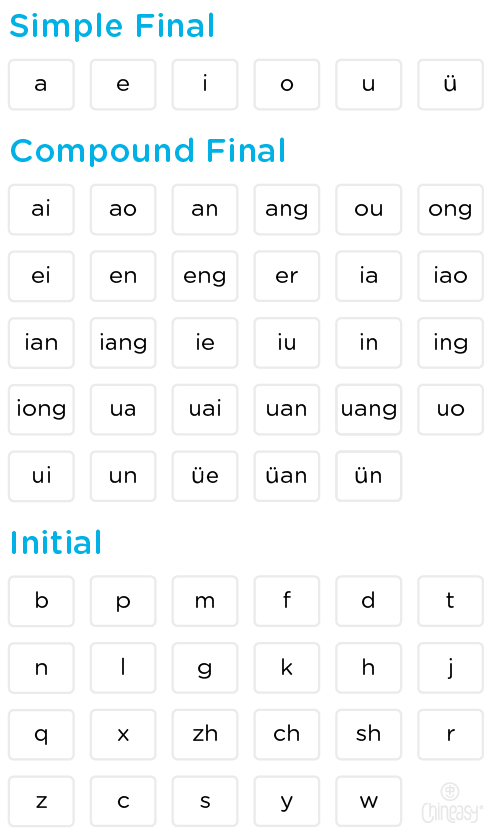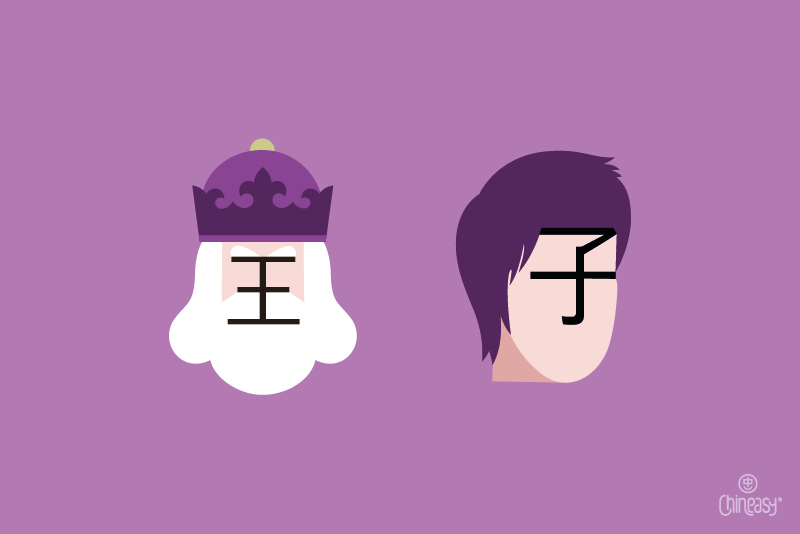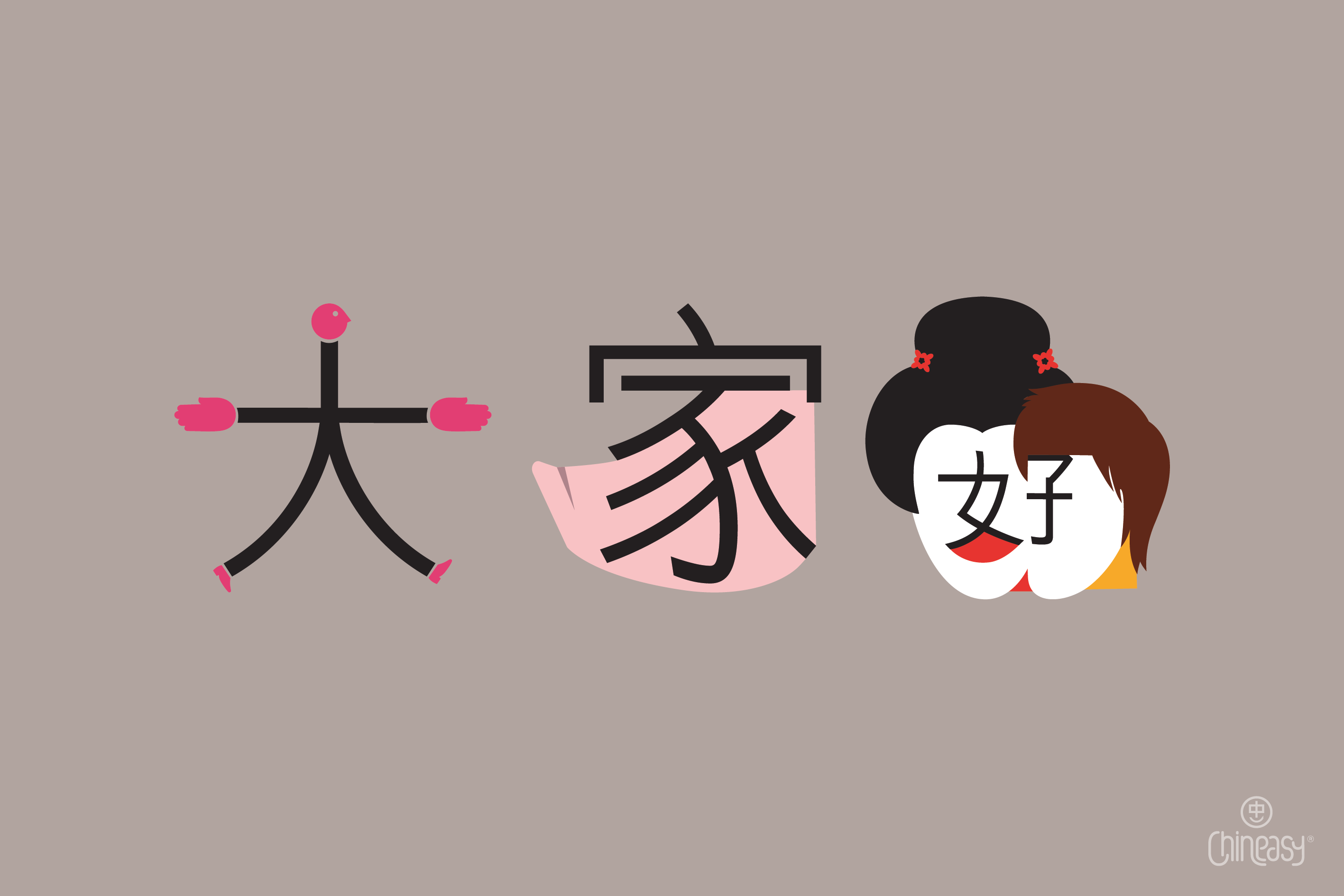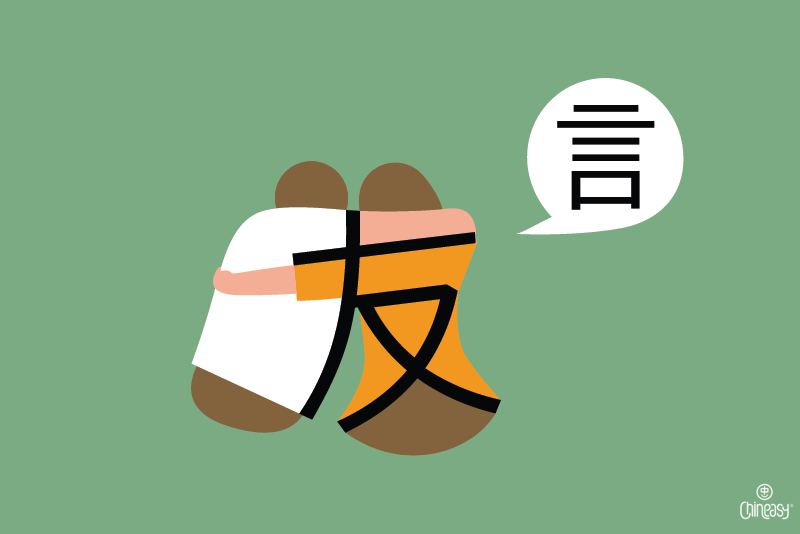Is your language spelled as it sounds in general? Though, this isn’t the case for the Chinese language. So, to help learners of Chinese understand how Chinese characters are pronounced, pinyin, a.k.a the Chinese spelling system, is used to romanize the Chinese characters for learning to speak the language much faster. In other words, you can think pinyin is the alphabet for the Chinese language and mainly serves the purpose of spoken Chinese. On the other hand, Chinese characters are the written form of the language.
Several romanization systems can represent the sound of the Chinese language through the use of the Latin alphabet, and Hanyu Pinyin (or simply pinyin) is one of them. Pinyin literally means “spell sound,” and has become the standard for describing the sound of the Chinese characters. Thus, in the app, we use Hanyu Pinyin.
Now, let’s dive into what pinyin looks like by using the Chinese word “你好” (hello) as an example. The pinyin (sound representation) of 你好 is “nǐ hǎo,” two pinyin syllables in total. Each pinyin syllable corresponds to a single character, and in each pinyin syllable, it usually consists of three parts: vowels, consonants and a tone mark. There are 35 vowels, 23 consonants, and four tones plus a neutral tone. Within 35 vowels, they can be divided into 6 simple vowels and 29 compound vowels. It’s worth noting that in most Chinese textbooks and learning materials, you will see the terms “finals” and “initials” quoted instead of “vowels” and “consonants” respectively. Below is a typical pinyin chart.

As for Mandarin Chinese tones, there are four tones and a neutral tone, namely first tone, second tone, third tone, fourth tone and neutral tone. See the illustration of tone marks below. As you may notice, there is no tone mark for neutral tone. Another point to bear in mind is that a tone mark is only placed above the vowel (final); it never goes above the consonant (initial).

You will see the tone marks come with a pointed arrow, e.g. →. The arrow indicates how the pitch of your voice should travel when pronouncing a pinyin syllable with a particular tone. Here we are going to highlight the characteristics of each tone to help you picture how they would sound like.
- First tone (ˉ): it doesn’t go up or down, sounds like when you stick out your tongue for the dentist and say, “Ahhh!”
- Second tone (ˊ): it starts low and goes up, as in “What?!?”
- Third tone (ˇ): it begins semi-low and drops even lower before rising slightly, as in “Really?” (when you don’t believe something)
- Fourth tone (ˋ): it starts high and then falls sharply, as in “NO!” (for when you’re angry).
- Neutral tone (no tone mark): it is pronounced more lightly and quickly than the other tones.
Chinese is a tonal language; it means when a syllable is pronounced in a different tone, it produces a different meaning. Therefore, it’s vital to pronounce Chinese words with their associated tone to avoid confusion.
Besides as a sound representation system, in recent years, pinyin has gained its popularity as an input method for typing Chinese characters on digital devices. So knowing the pinyin of Chinese words will certainly help you connect more Chinese speakers in the virtual world. Nowadays, most computers and mobile devices come with the pinyin input method. So why not give it a try—switch to pinyin input method and practice your Chinese typing skills?!
Lastly, we don’t intend to cover every aspect of pinyin. Instead, through the article, you’ve learned the most basic you need to know, including:
- Pinyin functions as a sound system in the Chinese language.
- It is composed of finals (vowels), initials (consonants) and tone marks.
- The importance of pronouncing the Chinese tones correctly and the characteristics of each tone.
- Pinyin can be used as an input method for typing Chinese characters.
Hopefully, by now, you have a basic understanding of pinyin and make sure you look out for it when learning a new Chinese word.



